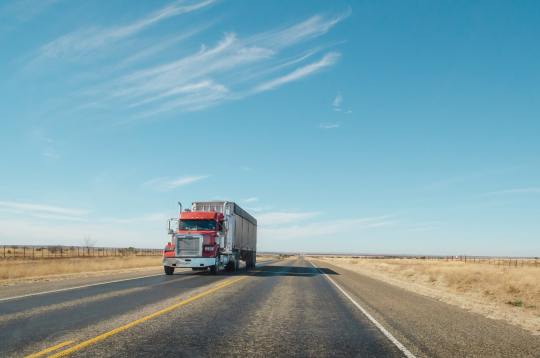Link
0 notes
Link
https://www.spoke.com/companies/ash-logistics-and-traders-5f9001cd349342a5e90017e8
0 notes
Link
Containerization is the most vital factor of multimodal transportation as it combines the consistency of rail, flexibility of road, the cost effectiveness of shipping and speed of air transport. Container shipping is different from conventional shipping because it uses 'containers' of various standard sizes – 20 feet (6.09m), 40 feet (12.18m), 45 feet (13.7m), 48 feet (14.6m) and 53 feet (16.15m) to load, transport, and unload goods. As a result, containers can be moved seamlessly between ships, trucks and trains. The two most important, and most commonly used sizes today, are the 20-feet and 40-feet lengths. The 20-feet container, referred to as a Twenty-foot Equivalent Unit (TEU) became the industry standard reference: so now cargo volume and vessel capacity are commonly measured in TEU. The 40-feet length container-literally 2 TEU -became known as the Forty-Feet Equivalent Unit (FEU) and is the most frequently used container today.
Source : https://ash-logistics.com
0 notes
Link
#supply chain and logistics#transport company#transportation services near me#Transport Companies in Mumbai#Transport Companies Maharashtra#Best Transport company#top 10 logistics companies#3pl logistics warehouse company#full truck load transportation#logistics company
0 notes
Text
What is full truck loading term in logistics?
Full Truck Load, commonly referred to as FTL, is a type of shipping mode whereby a truck carries one dedicated shipment. In other words, the journey is reserved for one shipment only. FTL trucking has several advantages over the alternative trucking shipment mode, Less Than Truck Load (LTL), or less than a full truckload shipment. Read Full Blog here : https://ash-logistics.com/full-truck-load-transportation.php

#supply chain and logistics#transport company#transportation services near me#Transport Companies in Mumbai#Transport Companies Maharashtra#Best Transport company#top 10 logistics companies#3pl logistics warehouse company#full truck load transportation#logistics company
1 note
·
View note